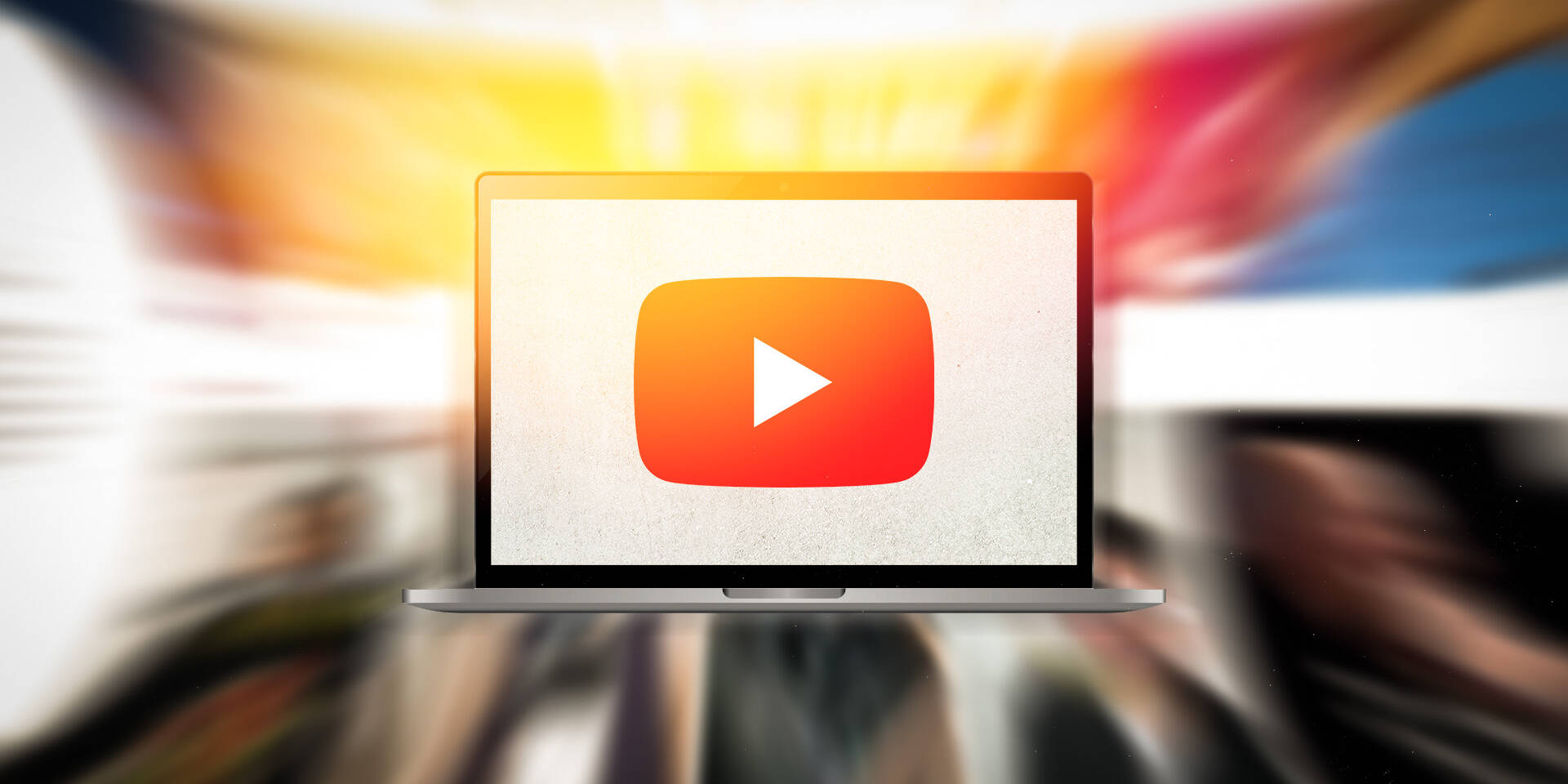TIMES LIKE THESE
We’re now well into the age of the attention economy. The internet, a space once for an un-intermediated sharing, has being fully monetised by big platforms. Every user has now become the product being sold in exchange for advertising dollars.
Additionally every creator on the platform is now effectively a freelance employee of the algorithm. Followings are built and perish with changes in trends, and reels go from many thousands of views to hundreds depending on the day.
In this tumultuous time, creators are made to feel like they’re to blame. They review analytics, renew their tactics and keep producing- exactly what these big platforms are after.
What they have is your attention.
However, creators aren’t dumb. They’re smart people who understand building a following is valuable. It’s valuable to them because it elevates their status in a crowded space, but it’s also valuable to companies who can leverage the trust that creator has built to help sell their products.
WHAT GOES AROUND
So why do I mention all of this?
Well, all too often companies I’ve spoken to around video marketing don’t understand this is what they’re competing for- people’s attention.
They start expensive projects with the ultimate goal to upload it to their social channels with small followings and expect a large uptick in sales or customer sentiment. But instead, all they get is a few views and silence.
As a YouTube creator myself, it’s an awful feeling to see your hard work descend into nothing. Especially if you’ve invested countless hours or dollars to make it come to life. But sadly it’s a reality in the modern age of big social media platforms.
Not every video is bound to be a hit.
It’s tempting to think this dynamic has shifted significantly from the days of mass-media. Back when we all had a sense of shared culture through mediums such as free-to-air TV, throwing up a big 30-second commercial felt like an event.
At the same time, there were also countless companies who produced ads which didn’t move the needle for them, most likely because it was a poor concept or never saw enough placement for the campaign to gain any memorability.
It’s important to remember even in the good ol’ days, TV advertising wasn’t a silver bullet.
WHAT MATTERS
Running a video production agency, you’d think our ultimate goal is to sell you video services regardless of what happens after the fact. However, it’s simply not the case.
The reason being is when clients have a poor experience with video production, even if it’s just on the distribution side, it scars them. They either don’t come back or they want to spend less on the next campaign.
Overall, this hurts the entire video production industry (not just us) when a large number of companies start withdrawing. But mainly, it also hurts the company themselves who’ve lost a real opportunity to do something meaningful with video.
So what can you do?
First, get real specific with your outcomes. What will move the needle for you? And more importantly, how will you measure it?
Then work with your video production company to determine what will provide the ultimate best solution.
While advertising has always being about frequency, the difference today, is that frequency is now novel and new content to hold people’s attention.
What I mean by that is if you plan to play the ‘organic’ route of producing videos, leveraging the algorithm to get your content seen, you can’t just produce one good video. You need an overarching concept with multiple touch points. If it’s all virtual that may be a combination of different platforms and mechanisms (such as Instagram Stories as well as Reels). But regardless, you’ll require many videos to see any traction.
Think bigger than a single video and be prepared to spend a little more. That’s where the results are.
Opposingly, if you do plan to just produce a single ‘hero’ video for the campaign, also be prepared to funnel more dollars into making sure it keeps finding its intended audience.
In the age of social media, I think many people have forgotten that hard metrics aren’t everything. Just because your video didn’t get 1000 likes, doesn’t mean it didn’t have an impact. Right now I can think of around 3-5 Instagram ads that keep showing up on my feed that I’ve never interacted with. But they’ve clearly earned my attention and therefore space in my brain by consistently targeting me.
My overall point here is that if you plan to produce content for social media, first be intentional with your approach, but also be prepared to spend a little more beyond the video itself.
The worst thing that can happen in today’s age of marketing, which may have always been the case, is not dislike but indifference.
The question is are you prepared to go the full way when it comes to your video strategy?
Related Posts
September 30, 2025
Instagram Is Reducing Your Video Quality
August 29, 2025




